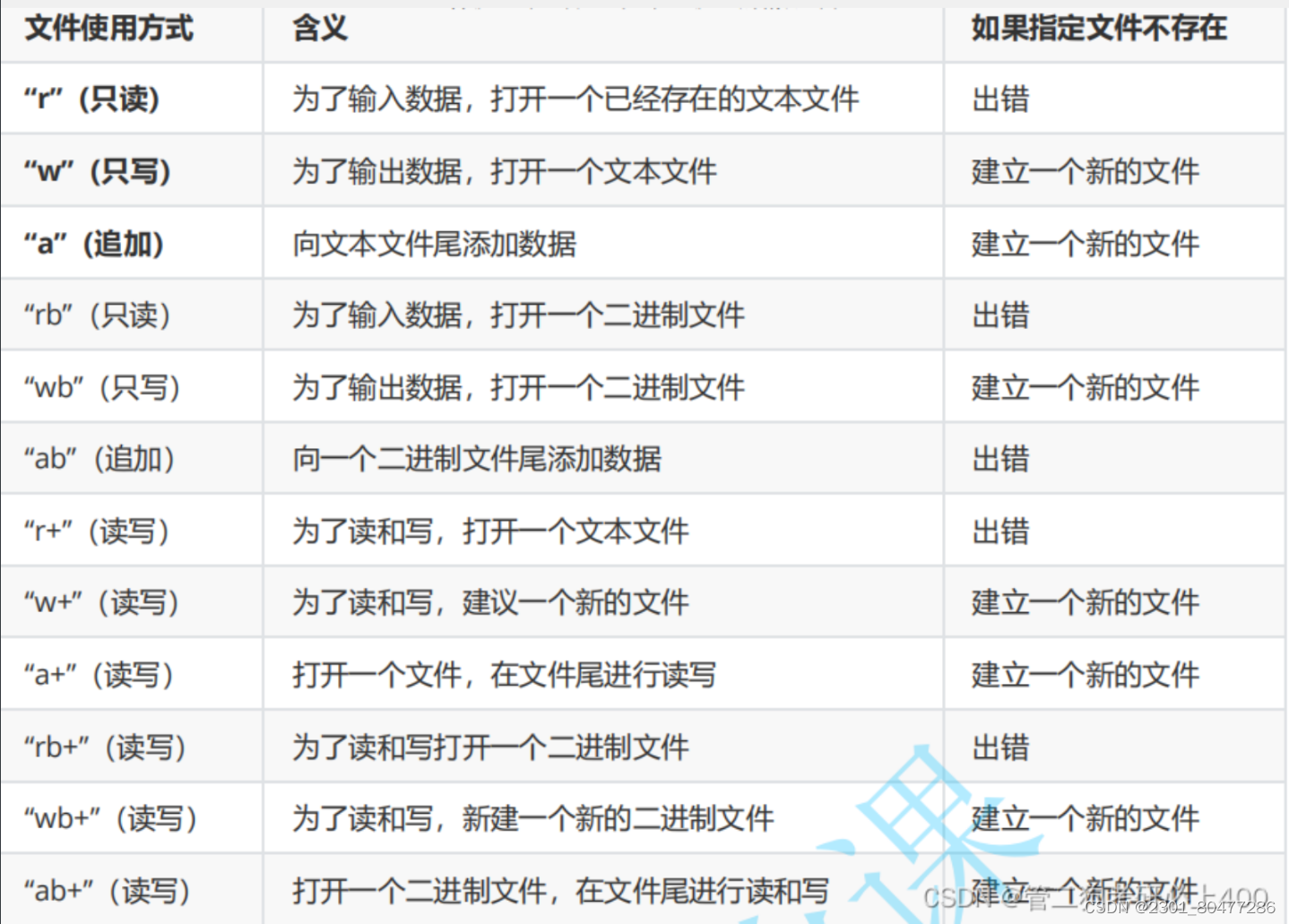总结一下ts内置的一些常用的工具类型。
TypeScript 内置了一批简单的工具类型,它们就是类型别名的使用方式,同时在全局可用,无需导入。
Partial
它接收一个对象类型,并将这个对象类型的所有属性都标记为可选
实现:
type Partial<T> = {
[P in keyof T]?: T[P];
};
使用案例:
type User = {
name: string;
age: number;
email: string;
};
type PartialUser = Partial<User>;
const user: User = {
name: 'John Doe',
age: 30,
email: 'john.doe@example.com'
};
// 可以不实现全部的属性了!
const partialUser: PartialUser = {
name: 'John Doe',
age: 30
};
Required
把属性标记为必须
实现:
type Required<T> = {
[P in keyof T]-?: T[P];
};
使用案例:
interface Foo {
name: string
age?: number
}
type Bar = Required<Foo>
// 相当于
// type Bar = {
// name: string
// age: number
// }
Readonly
把属性标记为只读
实现:
type Readonly<T> = {
readonly [P in keyof T]: T[P];
};
使用案例:
interface person {
name: string,
job: string,
age: number
}
type readonly = Readonly<person>
// 相当于
// type readonly = {
// readonly name: string;
// readonly job: string;
// readonly age: number;
// }
Record
实现:
type Record<K extends keyof any, T> = {
[P in K]: T;
};
使用案例:
type UserProps = 'name' | 'job' | 'email';
// 等价于你一个个实现这些属性了
type User = Record<UserProps, string>;
const user: User = {
name: 'John Doe',
job: 'fe-developer',
email: 'john.doe@example.com'
};
可以使用 Record 类型来声明属性名还未确定的接口类型,如:
type User = Record<string, string>;
const user: User = {
name: 'John Doe',
job: 'fe-developer',
email: 'john.doe@example.com',
bio: 'Make more interesting things!',
type: 'vip',
// ...
};
Extract
交集,两个集合的相交部分,即同时存在于这两个集合内的元素组成的集合(两个里面都有的)。
实现:
type Extract<T, U> = T extends U ? T : never;
使用案例:
type A = number | string | boolean
type B = number | boolean
type Foo = Extract<A, B>
// 相当于
// type Foo = number | boolean
Exclude
差集,对于 A、B 两个集合来说,A 相对于 B 的差集即为 A 中独有而 B 中不存在的元素 的组成的集合,或者说 A 中剔除了 B 中也存在的元素以后,还剩下的部分(两者里面都没有的)。
实现:
如果 T 是 U 的子类型则返回 never 不是则返回 T
type Exclude<T, U> = T extends U ? never : T;
使用案例:
type A = number | string | boolean
type B = number | boolean
type Foo = Exclude<A, B>
// 相当于
// type Foo = string




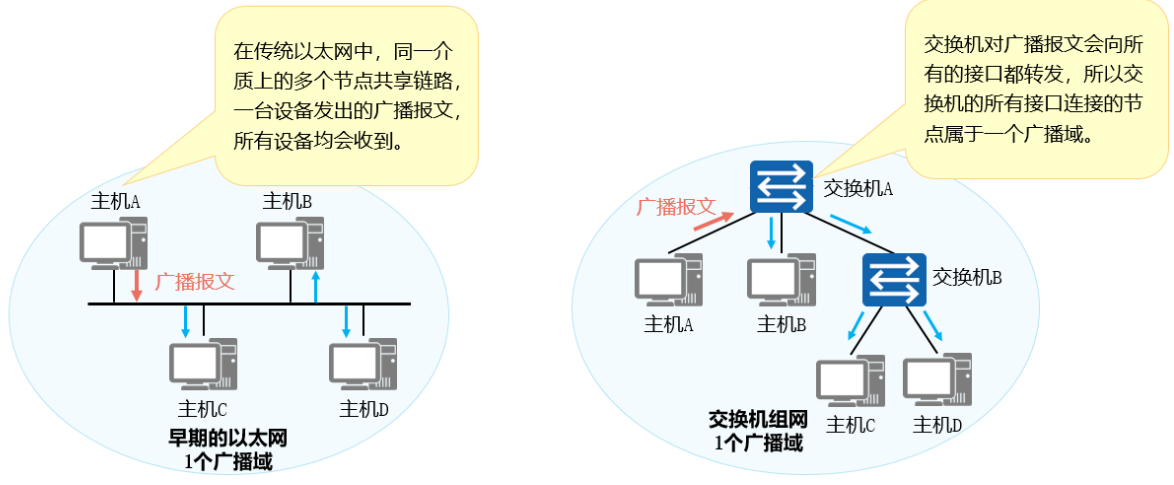

















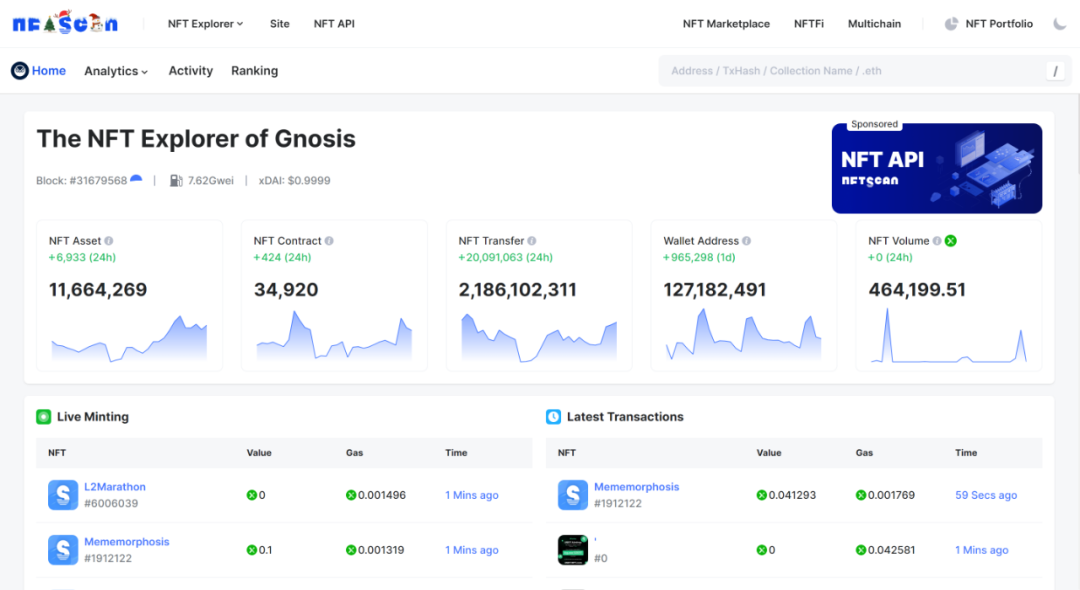
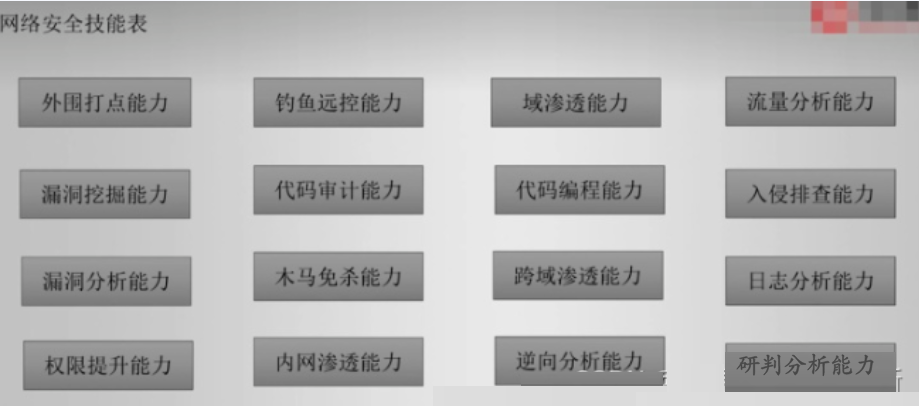

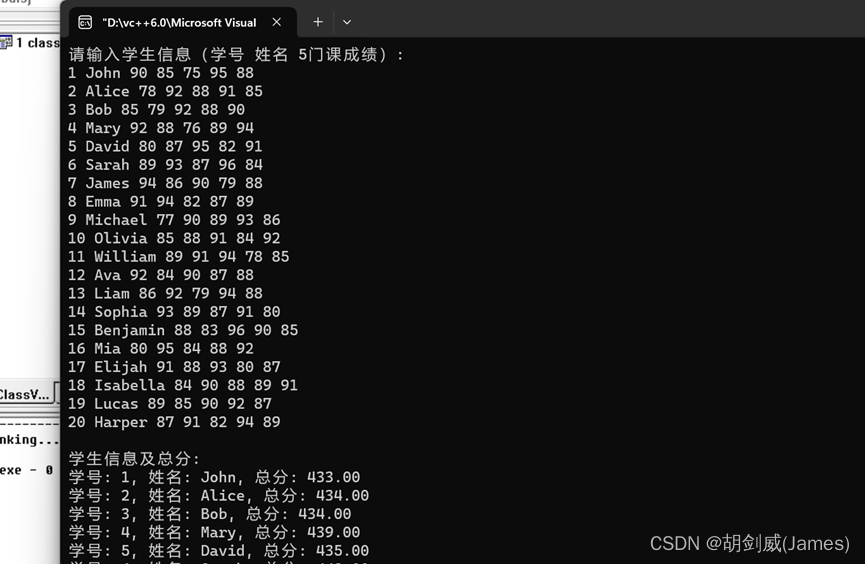

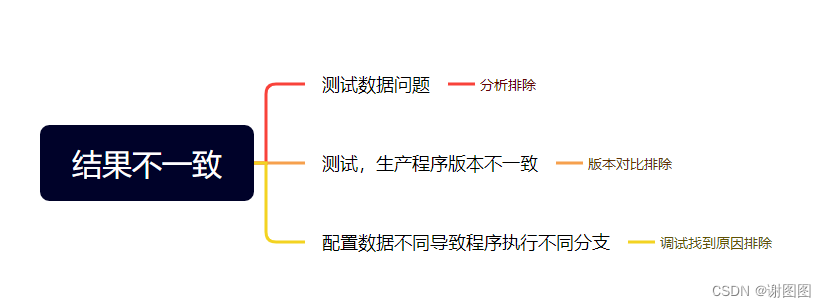
![[Angular] 笔记 18:Angular Router](https://img-blog.csdnimg.cn/direct/6e78141916a34f7e9f97464a69da0ed8.png)

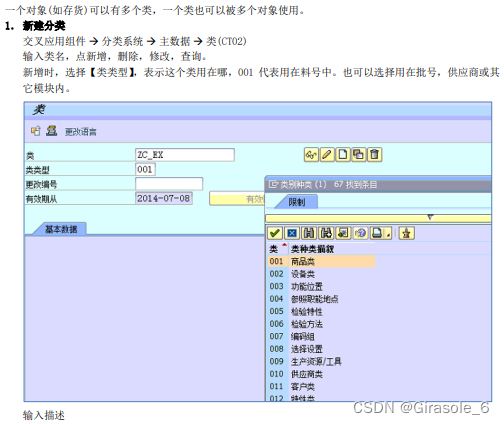





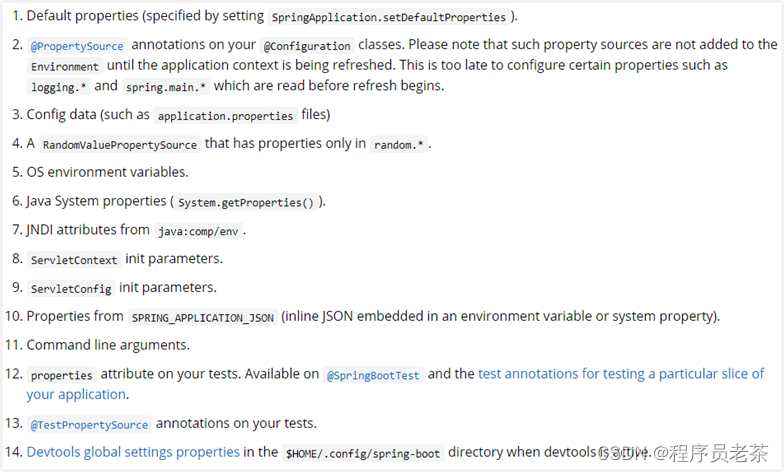
![系统学习Python——装饰器:函数装饰器-[装饰器状态保持方案:外层作用域和全局变量]](https://img-blog.csdnimg.cn/direct/4d039baa65ad441e9f2d18c246a0ee33.png)


